
The Illusion of “Tightness”
Most people believe stretching will fix muscle tension. After a long day at the desk or an intense workout, you feel tight — so you stretch. But the stiffness always returns.
That tight neck, locked hips, or aching lower back shows up again the next morning.
It’s not because your muscles are short — it’s because your nervous system is tense.
The Physiology of Tension
When you’re under chronic stress — constant deadlines, lack of sleep, emotional strain, or overuse of stimulants — your body switches into fight-or-flight mode.
Stress hormones such as cortisol and adrenaline raise muscle tone, especially in your neck, shoulders, and hips. Blood flow shifts away from recovery toward survival. Your nervous system keeps your muscles partially contracted to protect you from perceived threats.
That’s why stretching often fails — your body isn’t focused on flexibility; it’s focused on safety. Until your brain feels calm and secure, your muscles won’t release tension.
Why Stretching Doesn’t Work Alone?
Traditional stretching targets the muscle, but the root problem lies in your brain’s stress response. If your nervous system still senses danger — from work pressure, overtraining, or emotional stress — no amount of yoga, massage, or mobility drills will change that.
This is why people dealing with ongoing tension experience the same cycle:
-
- Tight shoulders and hips
- Jaw clenching and shallow breathing
- Temporary relief that fades within hours
Real recovery starts by calming your nervous system, not by forcing your muscles.
Is Your Tightness from Stress or Structure?
Wondering if your stiffness is stress-related? Here are telltale signs:
-
- You feel stiffer in the mornings or after stressful days — not just after workouts.
- Stretching or massage feels good temporarily but doesn’t last.
- You clench your jaw, grip your hands, or forget to breathe deeply.
- You feel restricted even though you’re active or mobile.
- Your posture collapses when you’re anxious or tired, not just physically fatigued.
These are clear indicators that your nervous system is overactive, causing your body to stay in protection mode.
The Real Fix: Teach Your Body Safety
To release tension, you must first show your body it’s safe to relax.
True mobility doesn’t come from force — it comes from regulation.
Try these powerful recovery methods:
-
- Cold exposure (ice baths) – A 2–3 minute cold plunge helps train your body to relax under controlled stress, improving circulation and stress resilience.
- Heat therapy (sauna sessions) – A sauna reduces cortisol, enhances detoxification, and melts away deep muscular tension.
- Breathwork – Slow, mindful breathing activates the vagus nerve, calming your mind and relaxing your body.
- Gentle movement – Rhythmic, low-intensity mobility work helps your nervous system move freely without defense.
Stress Recovery Is Flexibility
When your nervous system is balanced, your muscles no longer brace unnecessarily. You don’t have to force flexibility — it returns naturally.
At Recover, we see this daily. Clients who combine cold therapy, infrared or dry sauna sessions, and mindful recovery practices experience faster, longer-lasting relief than any stretching routine alone.
Because when you reset the system, the body follows.
You can’t stretch through stress — but you can recover through it.
About Recover UAE
At Recover UAE, we specialize in cold plunges, saunas, and recovery tools designed to restore balance to your body and mind. Whether you’re an athlete, a professional, or someone seeking better sleep and stress relief, our Dubai and Abu Dhabi facilities help you rejuvenate through science-backed recovery experiences.





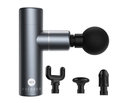




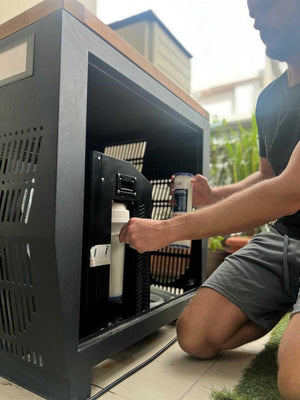


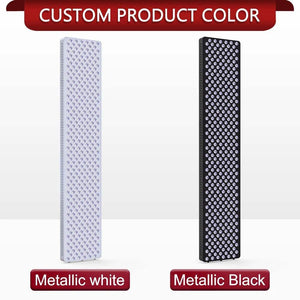
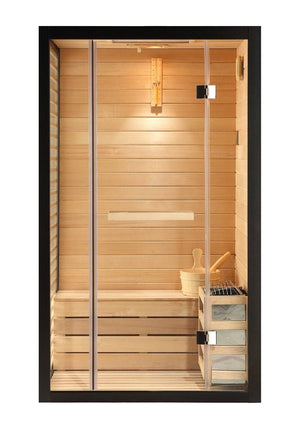


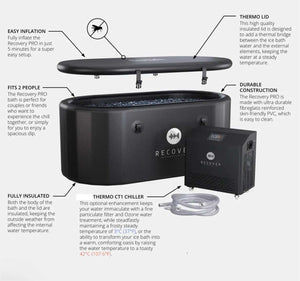
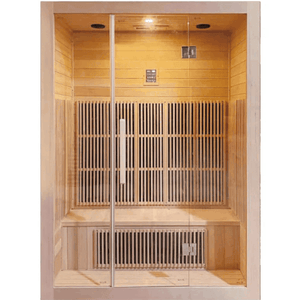
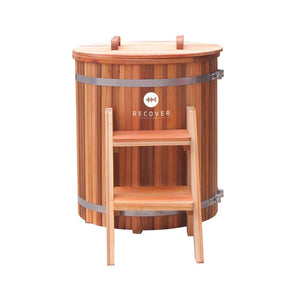
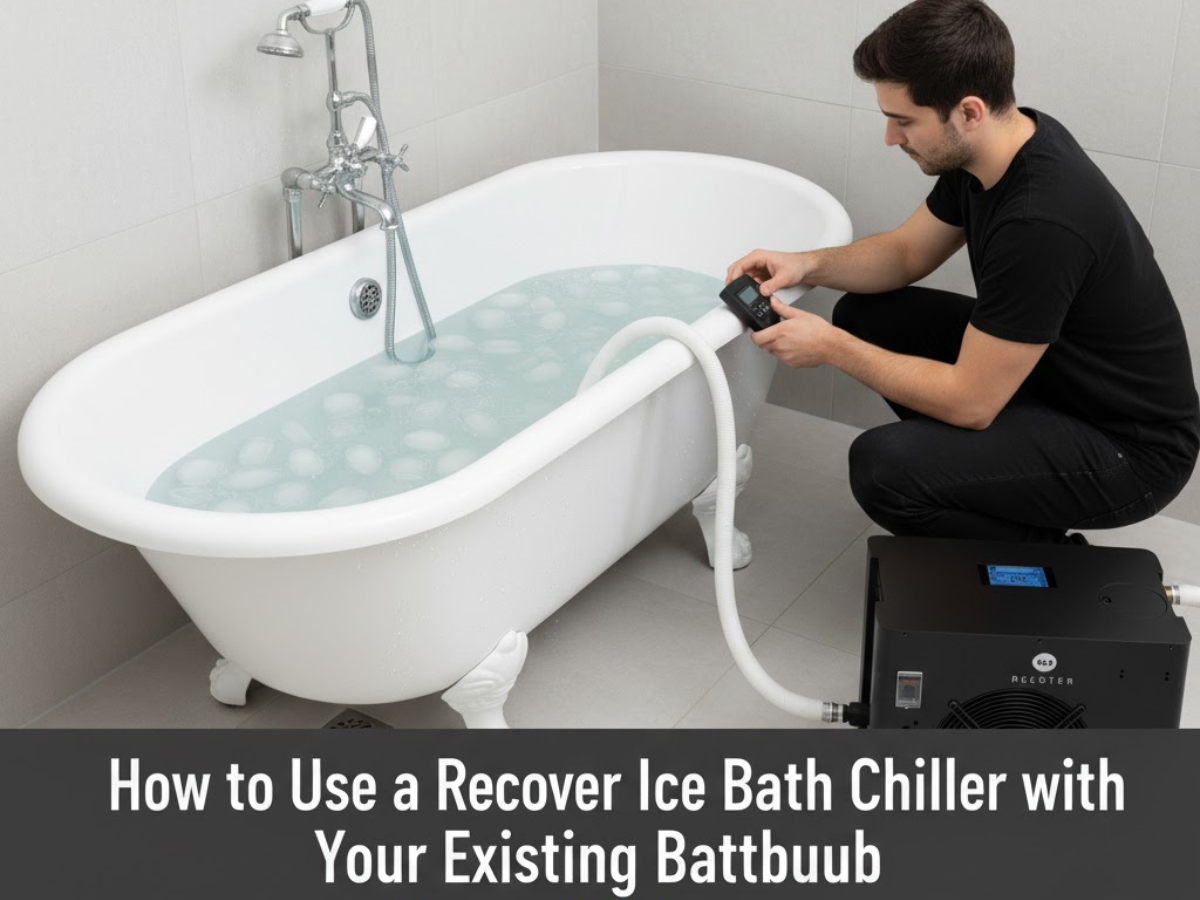
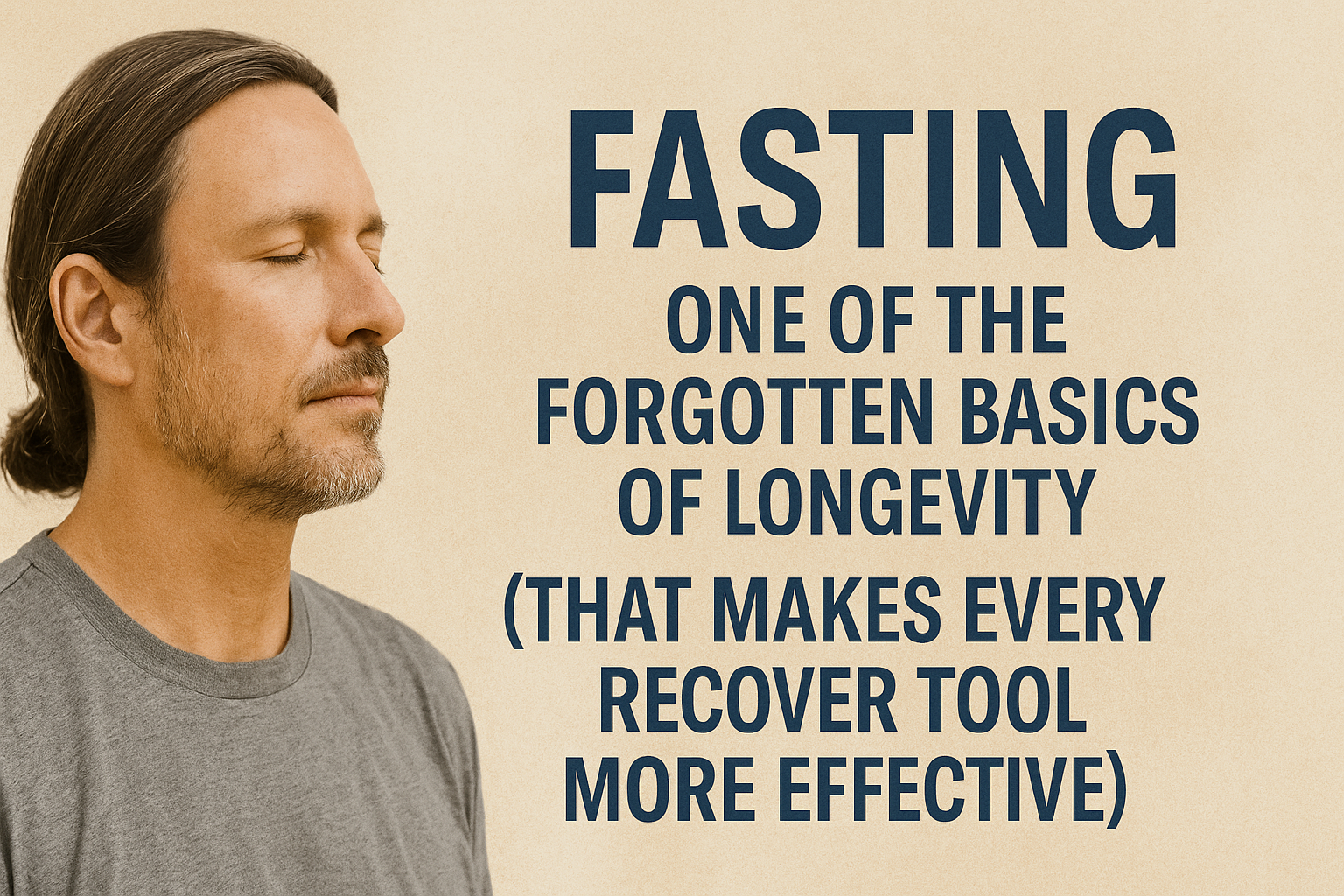
Leave a comment
This site is protected by hCaptcha and the hCaptcha Privacy Policy and Terms of Service apply.